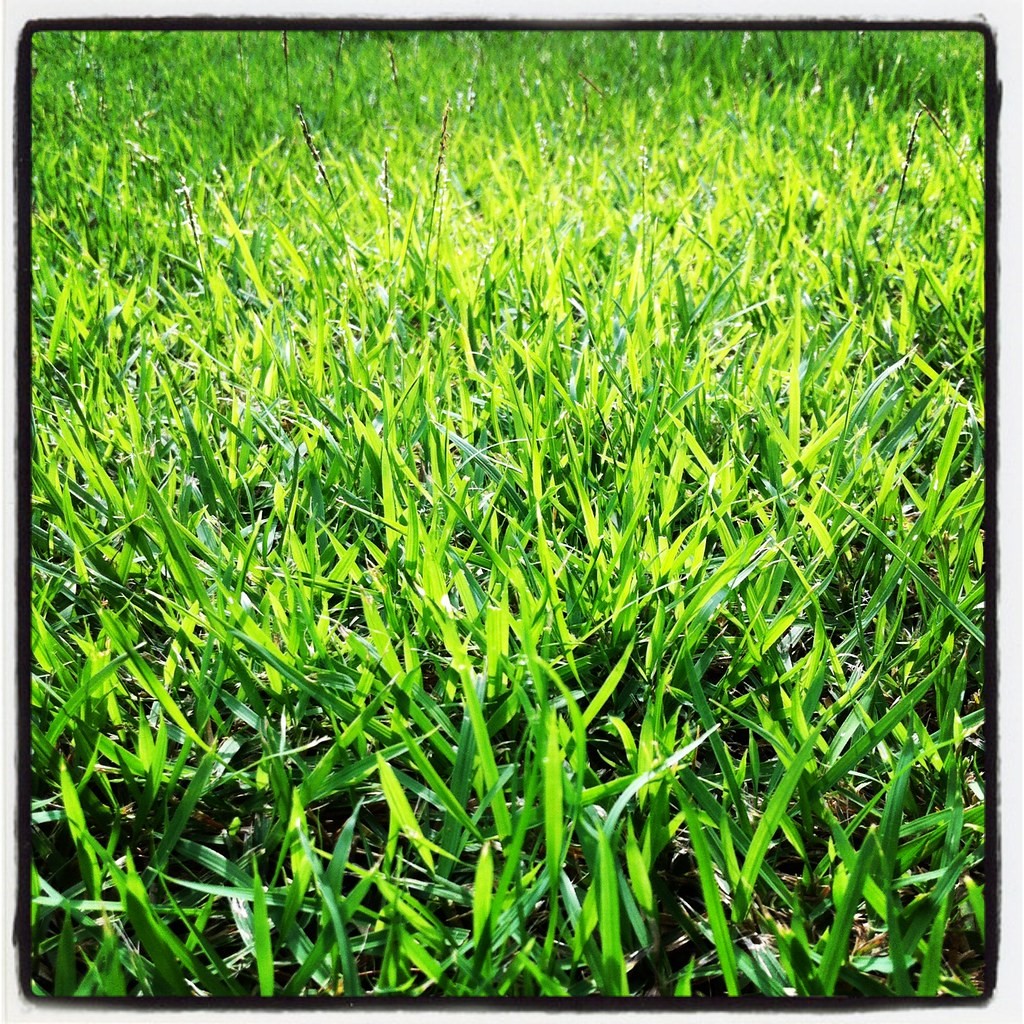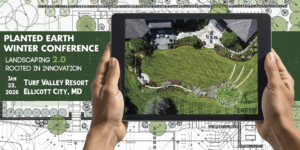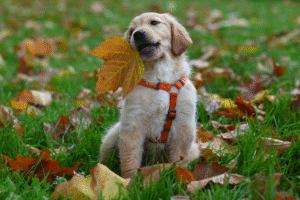By: Andrew Obloy
Integrated Pest Management (IPM) can be complicated and broad, to say the least. Essentially, it is a program to manage pests, but it is also so much more. Here are some ways we can use IPM to help keep your properties healthy and beautiful:
Our use of IPM begins in spring, applying fertilizer to both plants and turf. Fertilizer ensures plants receive the nutrients they need for vigorous root growth, overall plant growth, and growth of flowers and fruit. The same goes for your grass, providing the nutrients it needs to grow strong roots and survive hot summers.
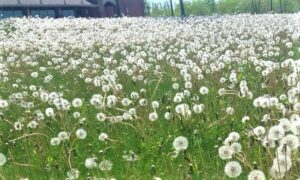
IPM also includes the use of herbicides. Pre-emergent is an herbicide apply in the spring before mulch is spread that helps prevent weeds from breaking through the surface of the soil. Round-up is another example of an herbicide. It has potential to kill any plant it comes in direct contact with, so you should only use it in certain areas to make sure you don’t damage anything else around it. There are also selective herbicides that will only target specific weeds in your garden or turf. For example, halosulfuron-methyl is the active ingredient in an herbicide meant to selectively kill sedges.

While herbicides are meant to kill unwanted weeds and plants, pesticides are meant to kill unwanted “pests” such as fungus, bacteria, insects, plant disease, and more. A few examples would be fungicides, which help control fungal issues like molds and mildew, or miticides which target mites that feed on plants and animals.
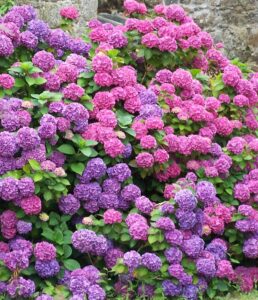
Another type of IPM is growth regulator. Growth regulator is an application, which helps keep the growth of your plants under control. Applying growth regulator to things like boxwood, hollies, and laurels will help to keep them from growing out control. It helps to maintain their shape throughout the season and keep them to the size that you want them. Another good use of growth regulator would be on hydrangeas—a lot of hydrangeas tend to grow very leggy and heavy which causes them to sag or even break. Growth regulator will help keep them to a manageable size and shape instead of becoming a big mess of flowers.

This just barely scratches the surface of Integrated Pest Management, but IPM is a very important tool we can use to help take care of your property. IPMs applications seem endless, but you can’t take care of everything with IPM alone. Combining proper installation, maintenance, and the use of IPM will allow us to keep your property healthy and beautiful.

